Space trash and satellite traffic jams: how did we get here? PART ONE: Blame Rudolf.
How a 16th-century call to soothsayers and seers to unravel the secrets of the universe in Prague led to humanity's understanding of orbits.
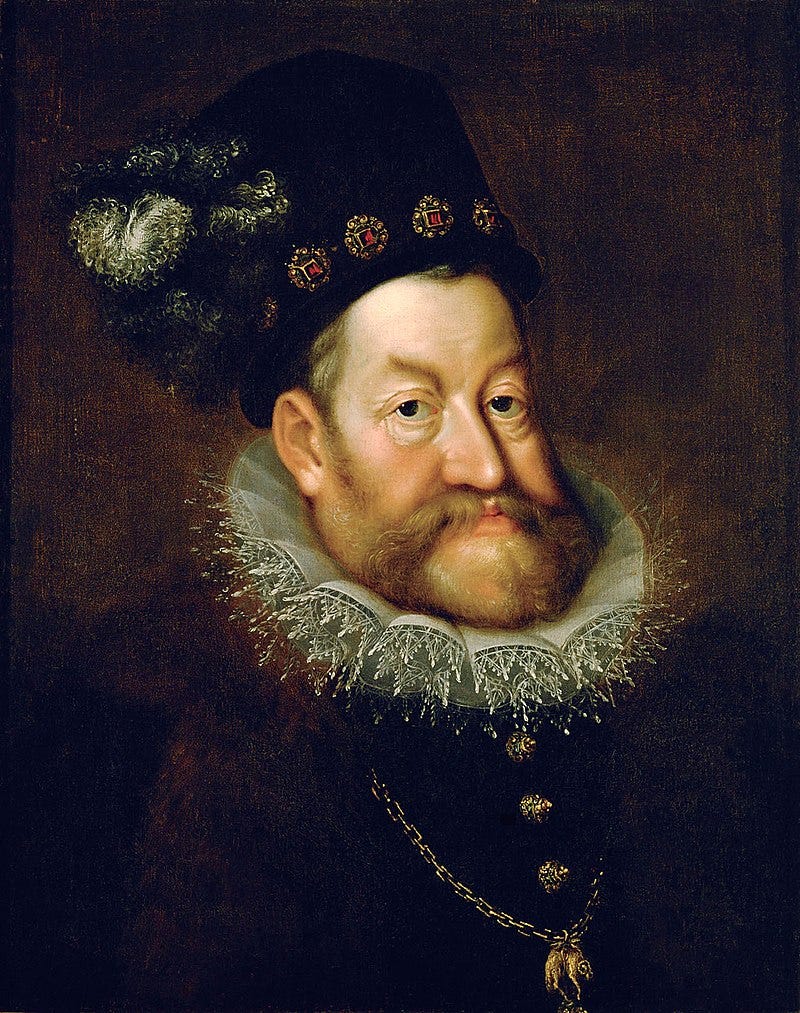
When you hear news about the chaos in outer space — how too many satellites are clogging lower orbits and are at risk of destruction from millions of pieces of space trash — the first image that pops into your head probably isn’t a rotund king in his art-filled castle in Prague studying bubbling tubes in secret laboratories and gazing at astrological charts, a lion roaring at his side.
However, there is a direct connection.
Holy Roman Emperor Rudolf II, a 16th-century Hapsburg who was fascinated by art, science, and the occult, planted the seed for the mayhem unfolding over our heads more than four centuries years ago.
Around 1580, Rudolf, who ruled over nearly half of Europe, began inviting stargazers, clockmakers, seers, mathematicians, botanists, holy men, and mystics to his spectacular castle in Prague to unravel nature’s mysteries.
Rudolf was intrigued by the promise of an elusive alchemical substance — the Philosopher’s Stone — believed capable of turning lead to gold and bestowing eternal life. He wanted to figure out how to make the hocus-pocus of alchemy actually work.
Owning 3000 masterful works of art, the largest collection in Europe, Rudolf was fascinated by exotica from distant lands and had to build a new wing to showcase his collections of stuff, from ornate globes, rhinoceros horns, clockwork, and exquisite gems to ancient scrolls and rare books filled with unidentifiable symbols; outside, his menagerie of foreign animals — leopards, ostriches, flamingoes, camels — were found in his stunning palace gardens. The emperor was also extremely well-educated, fluent in six languages — he preferred conversing in Latin — and literally a Renaissance man, since that era was just winding up.
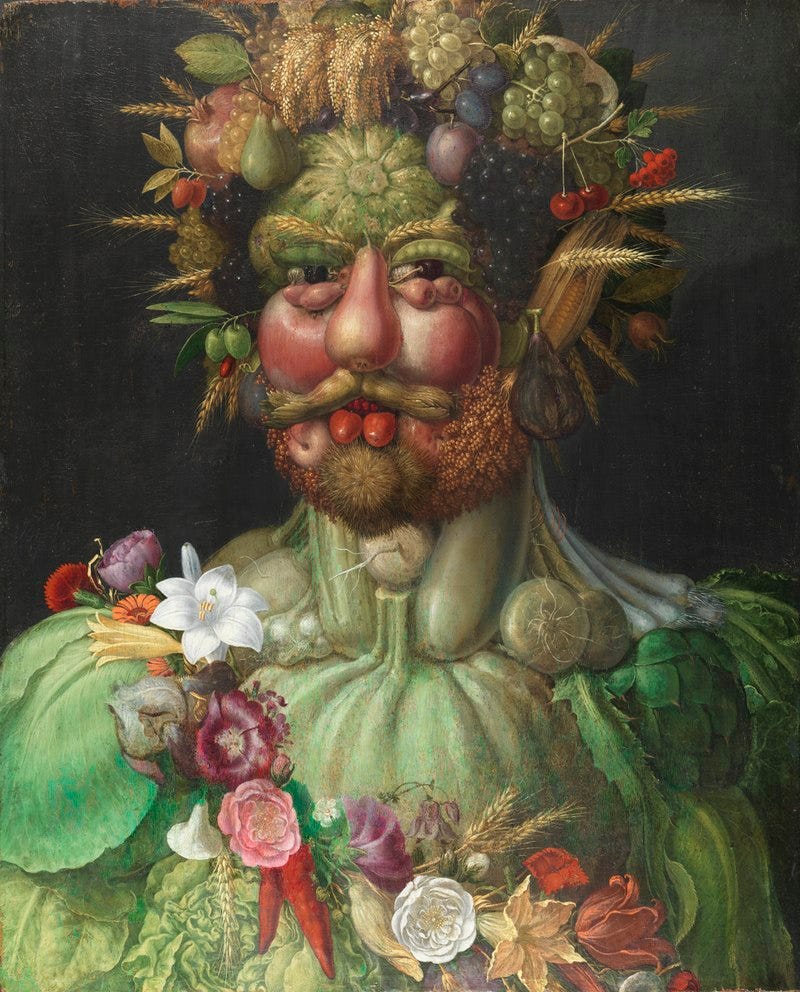
Nevertheless, he was often depressed. In a move to stave off melancholia, he created an idea incubator, an early think tank of sorts — later dubbed “The Magic Circle” — bringing together the skills and knowledge of that era’s scientists: alchemists, mathematicians, astronomers, occultists, and astrologers, trades that went hand in hand.
Rudolf’s call to Prague resulted in the ability to calculate the exact movement of planets — the same formulas used to calculate the orbits of space trash and satellites today. That huge leap was due to the meticulous records of astronomer Tycho Brahe and, even more, to mathematician Johannes Kepler, who put the picture together.
Cabalists, Pythagoreans, philosophers, and magicians — and scores of artists, hoping to work in the imperial ateliers — flocked to mystical Prague, alongside plenty of shysters and charlatans. Even though Rudolf assembled the European wise men of his era, giving them shelter and funding their works, it wasn’t assured that anything astounding would come out of his patronage — particularly something that could be relied on for its accuracy 400 years after its discovery.
Casting charts, performing tricks with “magical” powders, and brewing potions in labs were more common pastimes of the motley crew that showed up in the fetching Central European city — a group that included Queen Elizabeth I’s personal physician/astrologer/scryer, the esteemed and knowledgable Dr. John Dee — who arrived with the alchemist Edward Kelley, famous for speaking Enochian, the language of angels, he claimed.
One night in Prague, the angels informed Kelley that he and Dee should swap wives, which of course they did, not wanting to anger the heavenly beings.
However, around 1597, the endeavor to understand the universe turned headier, taking a more serious turn when renowned astronomer Tycho Brahe, who for decades had run the late Danish king’s state-of-the-art observatory Uraniborg, arrived in Prague as Rudolf’s guest, becoming the imperial mathematician/astrologer. Of course, Rudolf built Brahe a new observatory.
Brahe, who’d become famous after discovering a new star — and who was such a hothead that he lost the tip of his nose in a duel over math — was obsessed with the movements of Mars, one of six planets then known to astronomers. He was also fanatical about the need for stargazers to take detailed notes at uniform times, laying down one of the key practices of the Scientific Revolution.
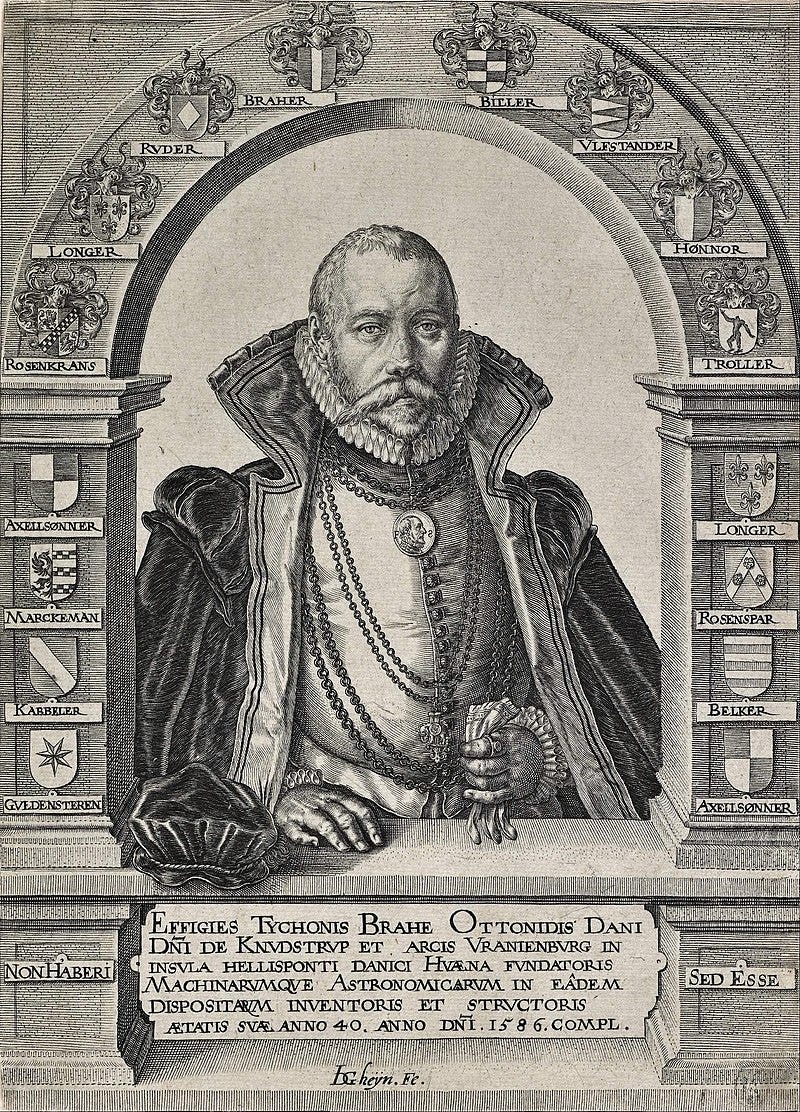
Like many astronomers of the day, Brahe, however, did not entirely accept a very controversial idea that had been postulated in a 1543 book by Copernicus — namely that planets did not revolve around Earth, as was widely believed for centuries, but that they instead moved around the Sun, in a heliocentric universe.
Nevertheless, in 1600 Brahe hired an apprentice with a contradictory point of view — Johannes Kepler, a German mathematician, who was so gung-ho on the Copernican model that he wrote the first book ever defending it. And that book, Mysterium Cosmographicum — The Cosmographic Mystery — prompted a letter from Italian astronomer Galileo Galilei, who’d proven that objects, whatever their weight, fall at the same rate, and would soon become famous for popularizing, and improving, a new invention — the telescope.
Galileo, who also supported the controversial idea of a sun-centered planetary system, often wrote to Kepler in code, so potentially heretical were the matters at hand. Kepler asked Galileo to send him a telescope; when he didn’t, Kepler invented a more sophisticated telescope of his own.
In Prague, Brahe was often summoned to feast for long hours with Rudolf, but Kepler, who wasn’t even introduced to the emperor for a year, stayed at his study, being tasked with recording all of Brahe’s data about the movements of the Martian planet. The ultimate goal of those tabulations was to make “The Rudolfine Tables” that would allow more precise prediction of the location of planets.
Kepler, who was shy and anti-social, didn’t mind being excluded from the hours-long imperial feasts. He had bigger things to fret about, being continually beset by major woes — financial struggles, rocky marriage, and his children, who were often struck by grave diseases, such as smallpox, which killed his favorite son. What’s more, back home in the German city of Württemberg, his mother was soon on trial for witchcraft.
So it’s amazing that Kepler could keep a clear head at all, yet despite all the stresses, he toiled on, writing not only about planetary motion but what is considered the first work of science fiction, Somnium — about travel to the moon — as well as deciphering the laws of optics in his spare time.
One wintry night in 1601, while feasting with Rudolf, Brahe became fatally ill. For centuries, it was believed that the cause of death was that his bladder burst because he hadn’t wanted to leave the table before the host. However, DNA evidence now indicates another reason. Brahe accidentally poisoned himself while self-treating a bladder infection: the man obsessed with Mars died from mercury.
Kepler became imperial mathematician/astrologer in the wake of Brahe’s death — although securing his wages often proved an ordeal, since after decades of the emperor’s funding of so many projects, collecting vast amounts of art and curios, and renovating his many castles, the imperial coffers were getting quite low.
And it was hard to get Rudolf’s ear. The emperor was in a funk, often locking himself in the palace wing built for curios and accepting no visitors. Brahe had cast his horoscope, predicting that the emperor would die in the early 1600s — probably, said Brahe, at the same time as his lion, Mohammed. After that, the imperial lion, which already freely roamed the palace, was even more pampered to ensure his long life — and Rudolf’s.
Kepler, who believed in a divine logic — that God had created the universe in an orderly, harmonious manner — kept poring over the recorded movements of Mars and ultimately came up with a controversial theory of his own.
Though prevailing thought at the time held that planets traveled in perfect circles in their orbits, Kepler realized that they instead traveled in ellipses, their speed dependent on their proximity to the sun. He also realized that using geometry he could calculate the locations of planets and how long their orbits would take.
Published as Astronomia Nova in 1609, Kepler’s realizations about the elliptical travels, the speeds, and relative locations of planets — now known as Kepler’s Laws of Planetary Motions — marked the first major leap in understanding the heavens. Kepler devised the formulas still used today for configuring satellite orbits and tracking space trash.
Meanwhile, Galileo, often at his telescope, discovered four moons of Jupiter in 1610, spotted sun spots, and first saw the rings of Saturn. He also was the first to document Neptune, though he did not realize it was a planet.
The ideas of Kepler and Galileo caused considerable buzz at the time — Galileo would later be tried by the Inquisition for his writings about heliocentricism, which he was forced to recant — and the works of the two early scientists laid the ideal foundation for Isaac Newton, who later folded their concepts wholesale into his laws of motion and provided the ultimate model of how the world worked, the knowledge that Rudolf had sought.
As for Rudolf, he grew sick and even more withdrawn in his later years, although he made it a bit longer than Brahe predicted, not dying until January 1612 — three days after his lion.
While the name of Johannes Kepler is still invoked — NASA named its recent traveling space telescope that investigated exoplanets in Kepler’s honor — both Rudolf and his call to decipher the mysteries of the universe have been largely forgotten.
So when you hear about clogged satellite orbits and the growing hazards of space trash and all the near-collisions in the heavens above, do think of Holy Roman Emperor Rudolf II, the man whose curiosity about the enigmas of life resulted in the first giant step towards understanding the planets and satellite movements in space.




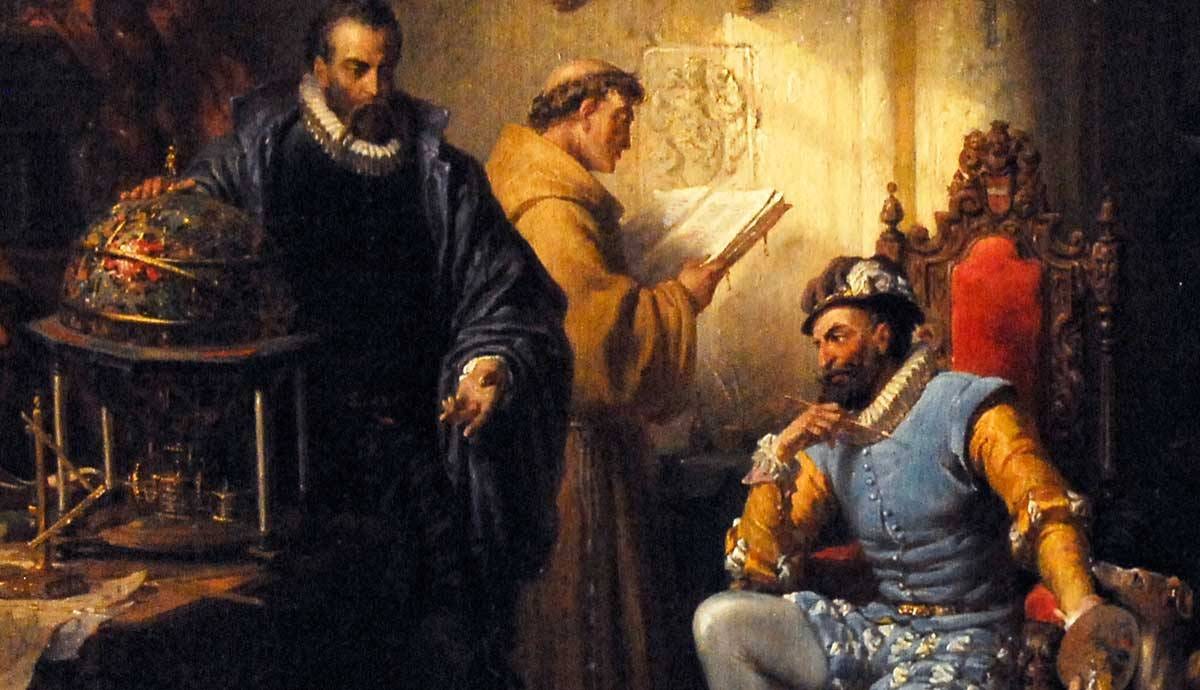

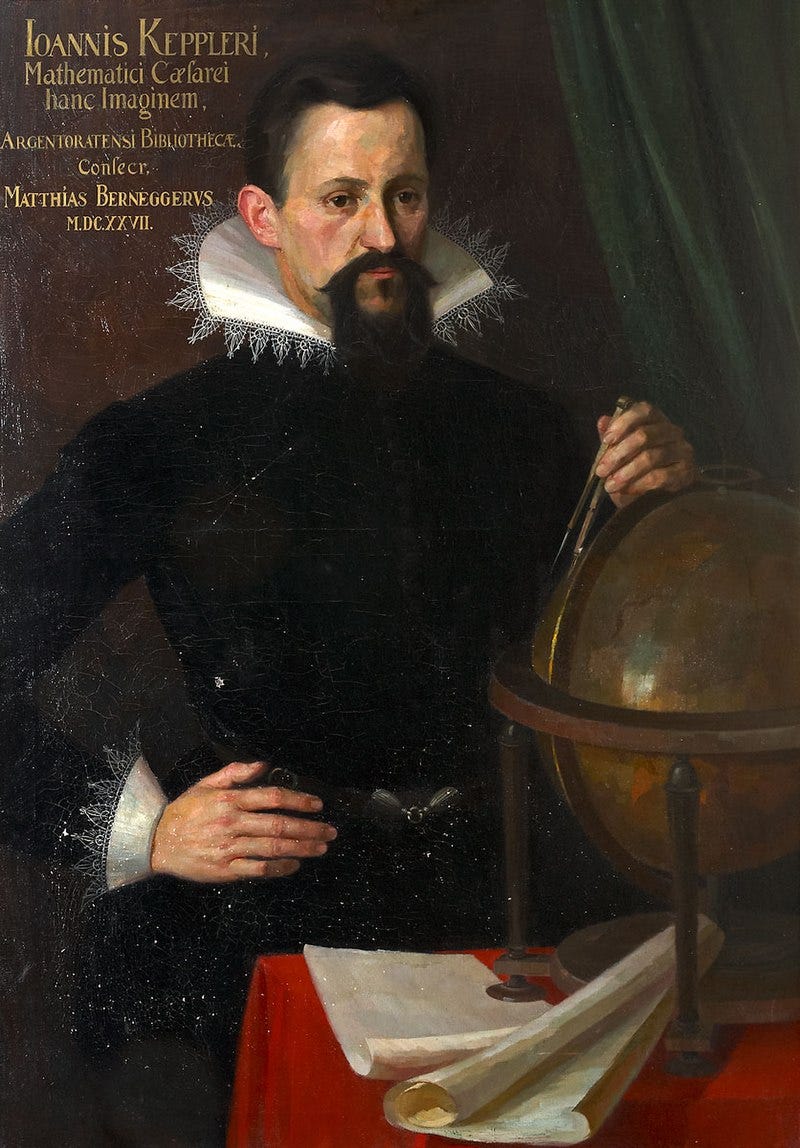

Fascinating reading! Kepler was ahead of his time, and we lost the curiosity of these men.